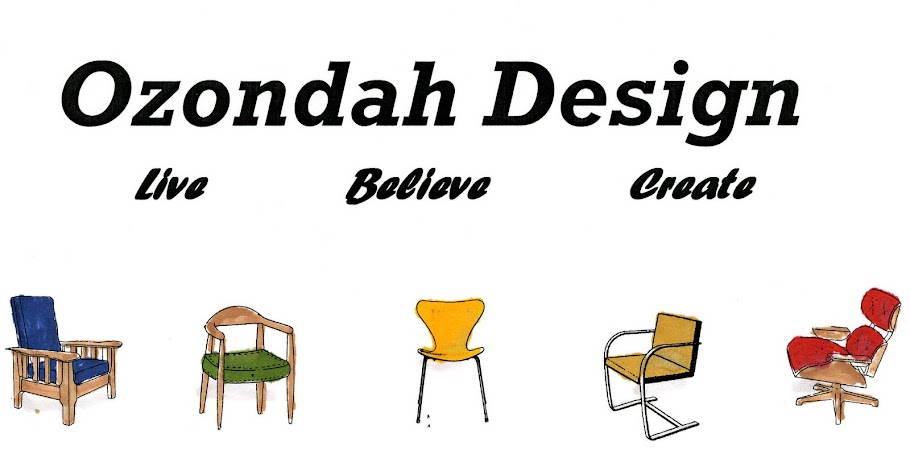Saturday, November 19, 2011
Tuesday, November 15, 2011
Joseph Wright of Derby’s Vesuvius from Posilippo
A powerful seascape painting that initially seems to invoke the pastoral bliss of maritime life. A single sailing ship is docked on the rocky shores of a romantic cove. To its left a small row boat holds the only human figures of the painting, four tiny simple figures rowing to a small island rock. The rowers push toward the rock cove, with high villa-topped cliffs sweeping up to the ethereal clouds above. These heavenly billows encase the late afternoon sun. With its warm radiating natural light, the sun stand in contrast to the catastrophic scene in the far distant right, the eruption of Mount Vesuvius. With billowing red-ash clouds Vesuvius spits out its sublime wrath, flame and lava break up this otherwise calm scene. Below the fiery eruption the city of Pompeii, while visually tiny, is full of human life. Buildings, shops, homes of real people are being destroyed. Not by man or the ravages of war but the forces of nature, uncontrolled and ambiguous.
Tuesday, November 8, 2011
Antoine-Jean Gros’ Propaganda Art for Napoleon
Bonaparte Visiting the Plague Victims of Jaffa depicts the noble Napoleon standing at the axis of the canvas around him are bodies some dead some dying of the Plague. Here in Jaffa the great Napoleon has come not only to colonize this part of the world but to safe these plague stricken people. Napoleon dressed in full military wear, a gold fringed bicorne or two-cornered black hat, black long jacket with gold trim and white calf-length trousers, a costume that today has become a symbol of Napoleon. Around his waist the soon to be Emperor of France wears a traditional Arabic sash. His right gloved hand holds his left glove as he uses his bare left hand to touch a man stricken with the Plague. Amongst the disorder of the plagues victims Gros echoes the Napoleons victory. Through the archways of the classic Arabic architecture we see the drepeau riolore, the national flag of France basking in the sunlight atop the hill.
Monday, November 7, 2011
Tuesday, November 1, 2011
The Intervention on the Sabine Women by Jacques-Louis David
In The Sabine Women Hersilia, the woman in the center stands arms out stretched so as to, as the title suggests intervene between two opposing soldiers who happen to be her father and her husband. Her husband, Romulus on the right, stand beautifully posed the pristine contour of his angle and fair muscular definition helps the viewer more clearly define him as the hero of the scene. While his rival and Hersilia’s father, Tatius on the left, though he is still rendered as an ideal nude, he stands in a peculiar imperfect pose suggesting his demise.
Subscribe to:
Posts (Atom)






